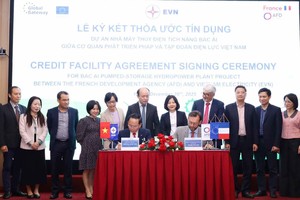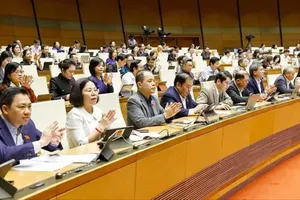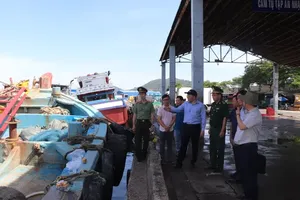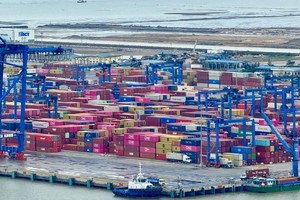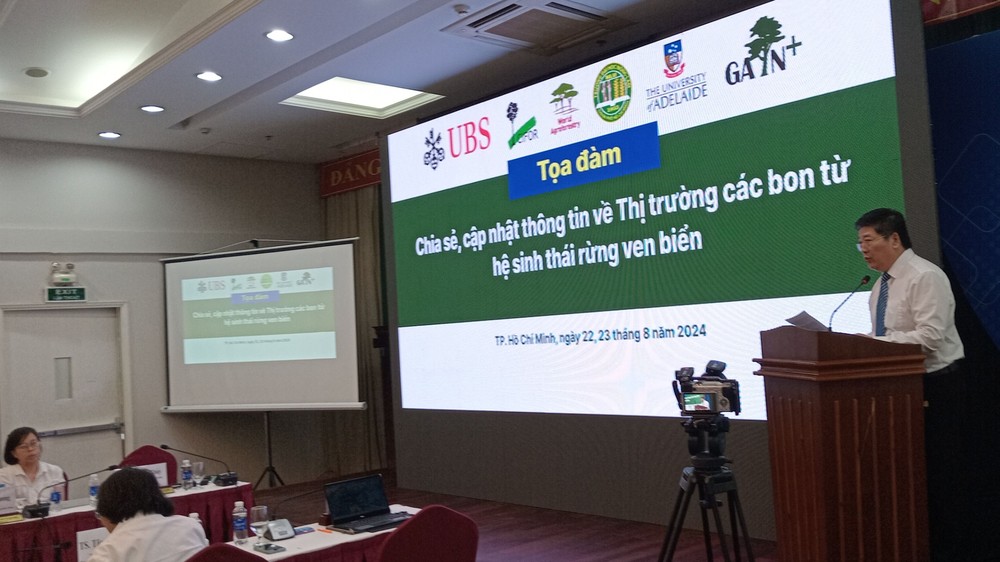
On the afternoon of August 22, the Ho Chi Minh City University of Agriculture and Forestry, in collaboration with the Center for International Forestry Research (CIFOR) and the University of Adelaide (Australia), held a seminar titled "Sharing and Updating Information on Carbon Markets from Coastal Forest Ecosystems."
At the seminar, Dr. Tran Dinh Ly, Vice President of the HCMC University of Agriculture and Forestry, highlighted the critical role of coastal and wetland ecosystems, including mangroves, swamps, tidal areas, and seagrass beds, in adapting to and mitigating climate change while also supporting livelihoods and social security for coastal communities.
He noted that research shows mangroves and wetlands have a much higher carbon absorption capacity than other ecosystems. However, the carbon market for these ecosystems has not yet been widely developed or promoted.
Dr. Vu Tan Phuong from the Forest Management Certification Office highlighted Vietnam's significant potential for generating carbon credits in forestry. Specifically, Vietnam has approximately 15,000 hectares of mangrove forests (80 percent of which are in the South), about 18,000 hectares of tidal flats (mainly in the Red River Delta and the Mekong Delta), around 15,637 hectares of seagrass beds (66 percent located in Phu Quoc Island), and high carbon storage potential in mangrove forests, estimated at 8.7 million tons of carbon (1.4 percent of the total carbon stock in forest ecosystems, with Vietnam's forests potentially holding around 612 million tons of carbon).
Mr. Phuong noted that developing the carbon market in forestry faces several challenges. These include the lack of detailed and clear legal frameworks and guidelines on investment, carbon rights, and benefit-sharing; coordination issues among ministries, agencies, and local authorities; and regulations concerning the registration and trading of carbon credits.
Other challenges include limited technical capacity for project development and implementation (such as project design, measurement, reporting, greenhouse gas verification, and monitoring), data limitations, and transparency issues related to measurement and emission reporting. Additionally, high costs associated with project development, reporting, emissions monitoring, verification, and carbon credit transactions further complicate the process.
Dr. Pham Thu Thuy from the University of Adelaide noted that Vietnam has significant advantages for developing the carbon market in forestry. These include a high potential for a valuable carbon market thanks to Vietnam's ranking as 16th in global biodiversity; 25 million impoverished ethnic minorities who depend on forests; the potential of mangrove and terrestrial forests; and opportunities for various types of projects, such as afforestation and reforestation. However, the development of this market faces several challenges, including limited information and financial resources for project development, and technical difficulties in carbon measurement, verification, and reporting.
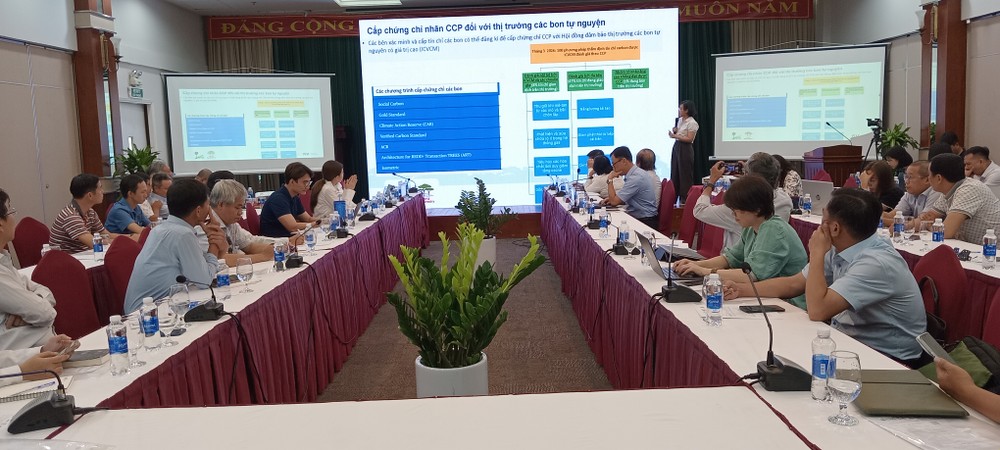
To develop the carbon market in forestry, many experts recommend that Vietnam implement a range of coordinated solutions, from investing in projects to promoting carbon trading.
Dr. Vu Tan Phuong emphasized that Vietnam needs a comprehensive strategy and plan for developing forestry linked to carbon credit generation. This plan should address potential areas, priority regions, target customers, mechanisms, policies, and incentives to attract investment. Ensuring technical capacity throughout the entire process—especially in project design, measurement, reporting, and verification—is crucial. Transparency and openness in information, data used for measurement, reporting, and verification, as well as benefit-sharing and environmental and social safeguards, are essential. Additionally, optimizing investment resources by integrating various programs and projects, diversifying the carbon market, and ensuring effective implementation are vital for success.
